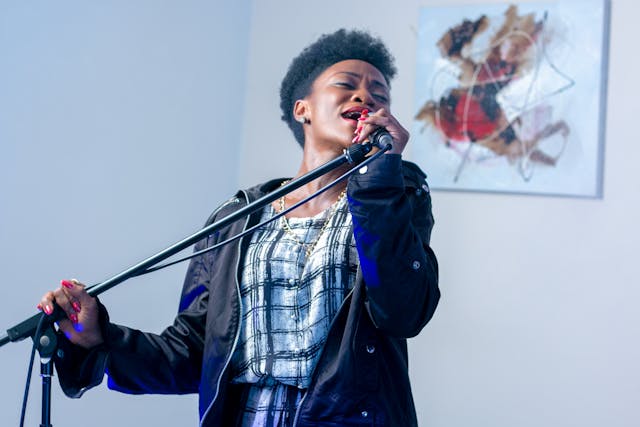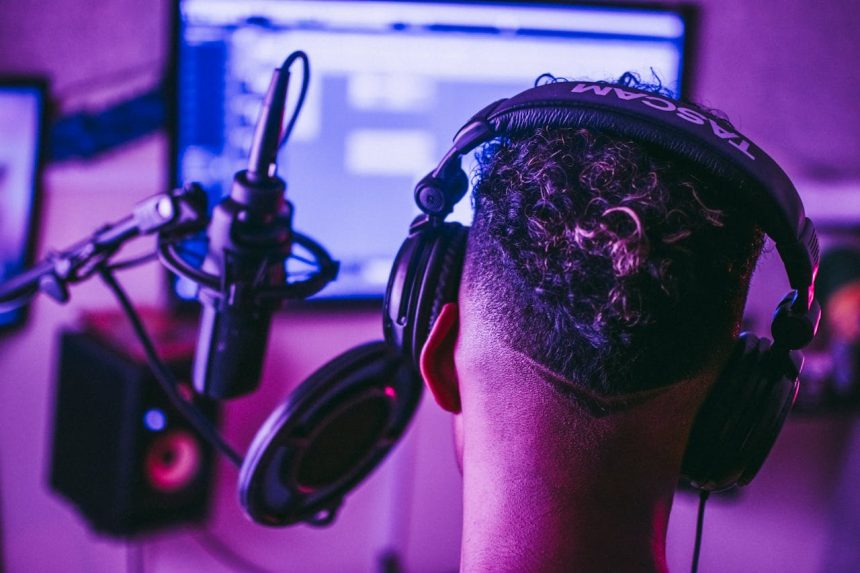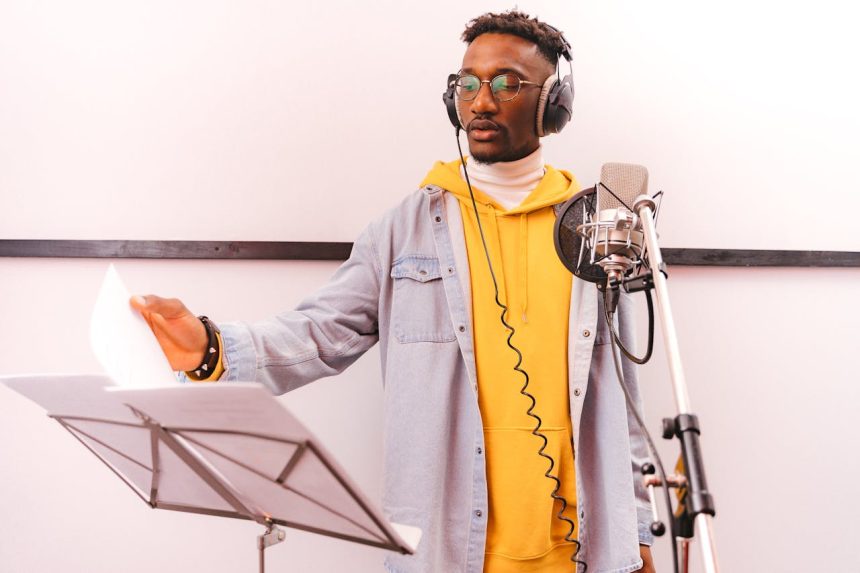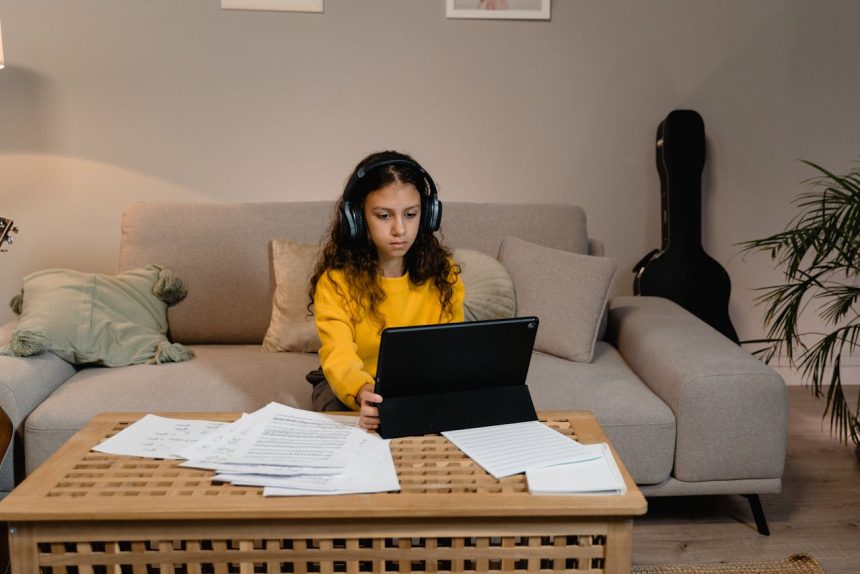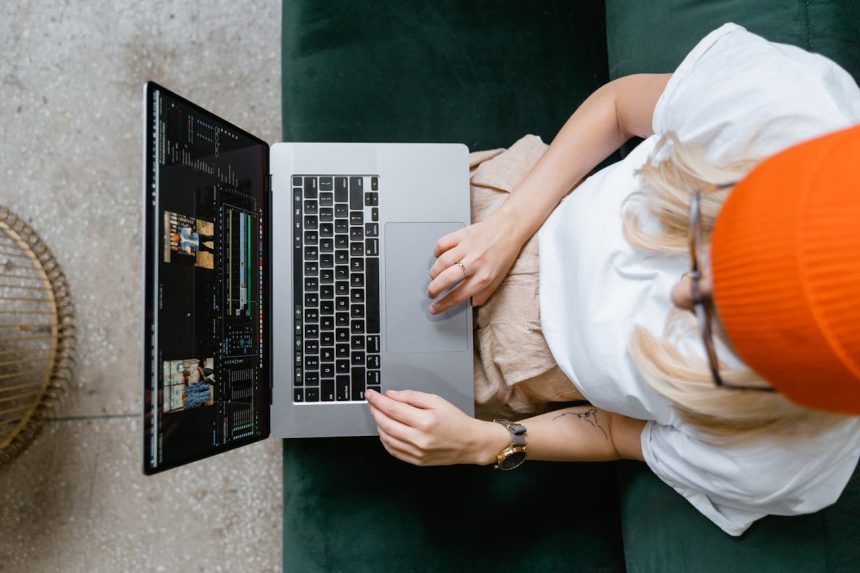In the dynamic world of music production, collaboration is more than just a trend—it’s a necessity. Whether you’re an emerging artist or a seasoned producer, working with other musicians can open up new avenues of creativity and opportunity. But like any collaborative effort, it comes with its own set of advantages and challenges. Let’s dive into why collaborating with other artists is crucial and what you need to consider before jumping in.
- The Advantages of Collaboration
- 1. Diverse Perspectives
- 2. Skill Sharing and Learning
- 3. Enhanced Creativity
- 4. Networking and Exposure
- 5. Resource Sharing
- The Disadvantages of Collaboration
- 1. Creative Differences
- 2. Division of Work
- 3. Credit and Ownership Issues
- 4. Scheduling Conflicts
- 5. Compromised Vision
- Conclusion
- AUDIARTIST
The Advantages of Collaboration
1. Diverse Perspectives
Collaborating with other artists brings a wealth of different perspectives and ideas. Each artist has their own unique style, background, and approach to music, which can significantly enrich the creative process. When you combine these diverse elements, the resulting music is often more innovative and multifaceted.
2. Skill Sharing and Learning
Every musician has their own set of skills and expertise. By working together, artists can share their knowledge and learn from each other. This exchange can help you develop new techniques, improve your craft, and broaden your musical horizons.
3. Enhanced Creativity
Two heads are better than one, especially in creative endeavors. Collaborating with others can spark new ideas and help overcome creative blocks. The synergy that comes from working with like-minded individuals often leads to a more prolific and inspired production process.
4. Networking and Exposure
Collaboration often means tapping into each other’s networks. This can lead to increased exposure and new opportunities. Whether it’s through shared fanbases or industry connections, working with other artists can significantly boost your visibility and career prospects.
5. Resource Sharing
Music production can be resource-intensive. Collaborating allows artists to pool their resources, whether it’s studio time, equipment, or even financial investments. This can make high-quality production more accessible and less financially burdensome.
The Disadvantages of Collaboration
1. Creative Differences
One of the most common challenges in collaboration is managing creative differences. Each artist has their own vision and style, and aligning these can sometimes lead to conflicts. It’s important to have clear communication and compromise to navigate these differences effectively.
2. Division of Work
Ensuring an equitable division of labor can be tricky. Disagreements about who should do what and how much each person should contribute can strain relationships and affect the project’s progress. Setting clear roles and expectations from the outset can help mitigate this issue.
3. Credit and Ownership Issues
Determining how to credit contributions and divide ownership of the final product can be contentious. It’s essential to have agreements in place regarding credit, royalties, and rights to avoid disputes down the line.
4. Scheduling Conflicts
Coordinating schedules can be a logistical nightmare, especially when working with artists who have their own commitments and deadlines. Flexibility and good time management are key to ensuring a smooth collaborative process.
5. Compromised Vision
Sometimes, in trying to blend different artistic visions, the original idea can become diluted. It’s important to strike a balance between collaboration and maintaining the integrity of the initial concept.
Conclusion
Collaborating with other artists in music production is a powerful way to enhance creativity, share knowledge, and expand your network. While it comes with its own set of challenges, the benefits often outweigh the disadvantages. By approaching collaboration with clear communication, mutual respect, and a willingness to compromise, you can create something truly unique and impactful. So, don’t hesitate to reach out and start collaborating—it’s a key step towards growing as an artist and achieving your musical dreams.
![]()

